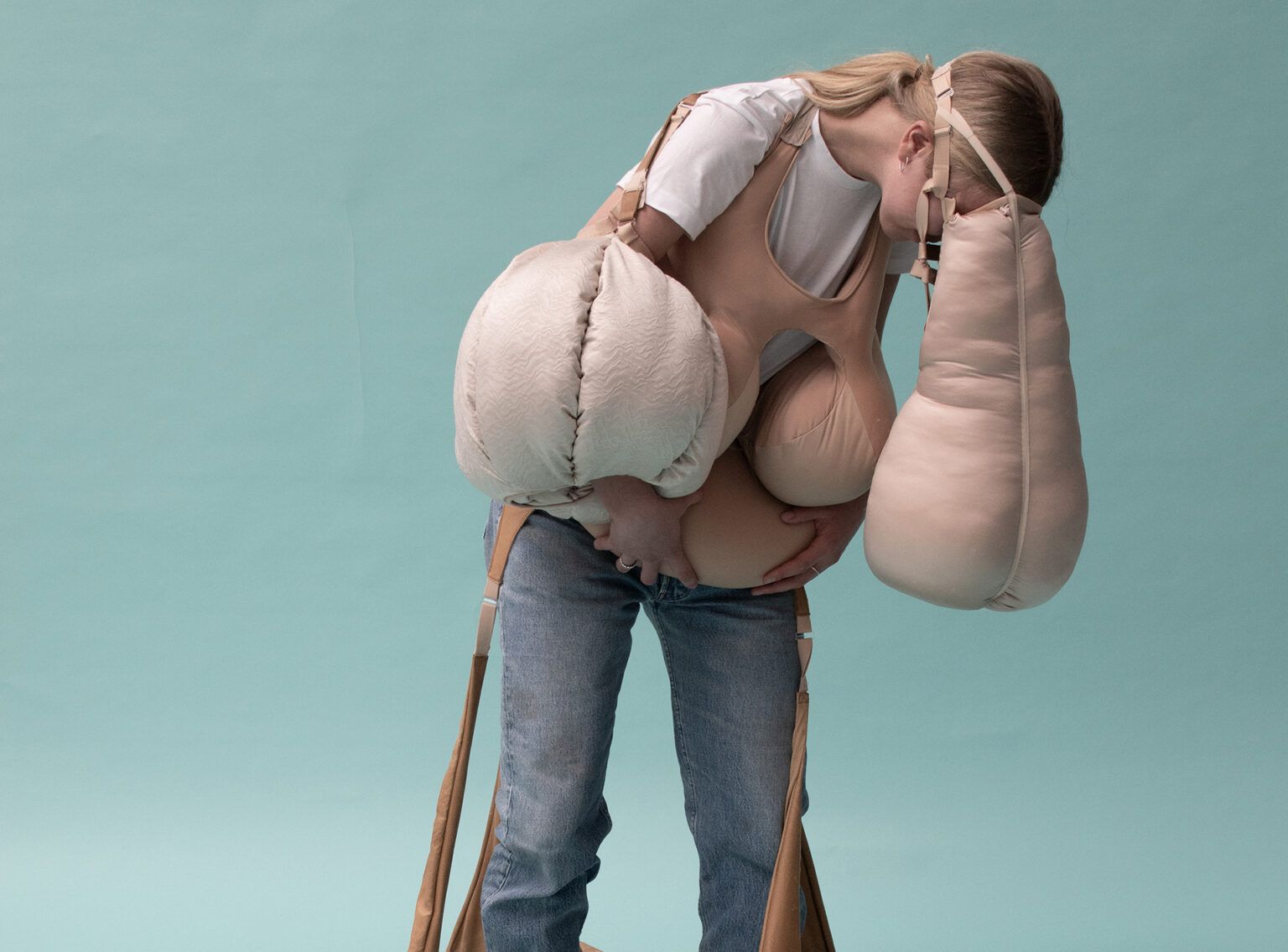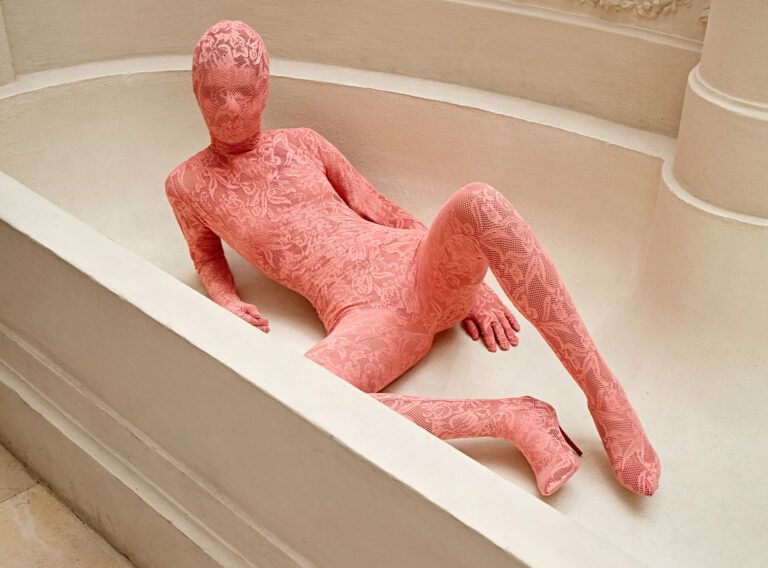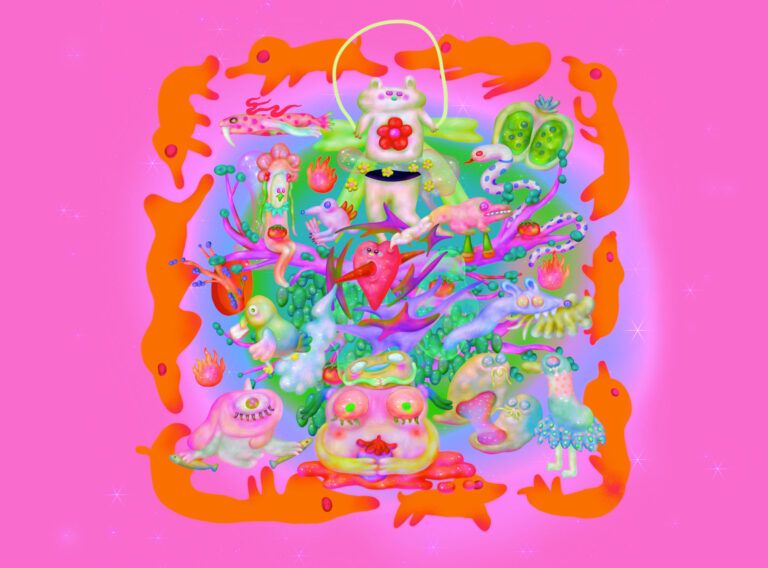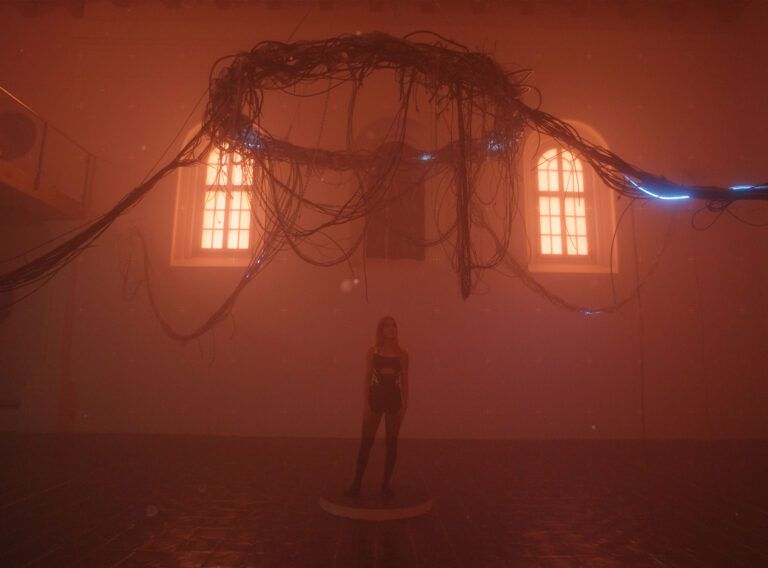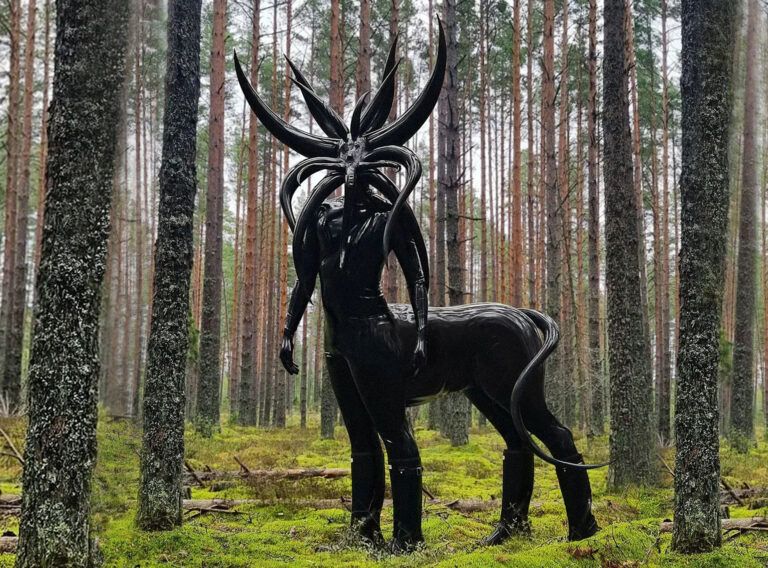We can tell your Emotions to Wear project has many layers – how would you define it? Where is your work on the design-art spectrum?
It is a question I have asked myself many times to make it easier to connect to my work. I think the project is understood differently depending on which context it is presented in. In the end, I see it as design. I consider it a series of designed body objects in a somatic context. It is designed to function as installed body objects in an exhibition where the audience can interact with the body objects. The work is supposed to be an experience for the body. Therefore, when presenting it in a digital context, the current situation allows the relationship between the object and performer to become essential.
The story of Pandora initiated your project. What inspires you about her story?
Yes, the myth of Pandora has been my starting point in this project. Today the main reference to this myth is the saying “to open the Pandora’s box”. It means to do or start something that will cause many unforeseen problems, which indicates that Pandora is evil and uncontrollable. I started reading the poem and discovered that the story behind it was a contrasting and beautiful myth with so many aspects to explore. I also discovered that the box containing evilness does not belong to Pandora and it says nowhere if she is the one to open it or if she even knows what is in it. From this exploration, I felt hopeless. It documents a mistranslation and analysis of the myth. I believe we need to make up for misleading analyses to construct a more equal society. Hopelessness is evoked because this seems like an unmanageable change since it has already happened. The core of this project is to generate objects that can work as catalysts for this feeling.
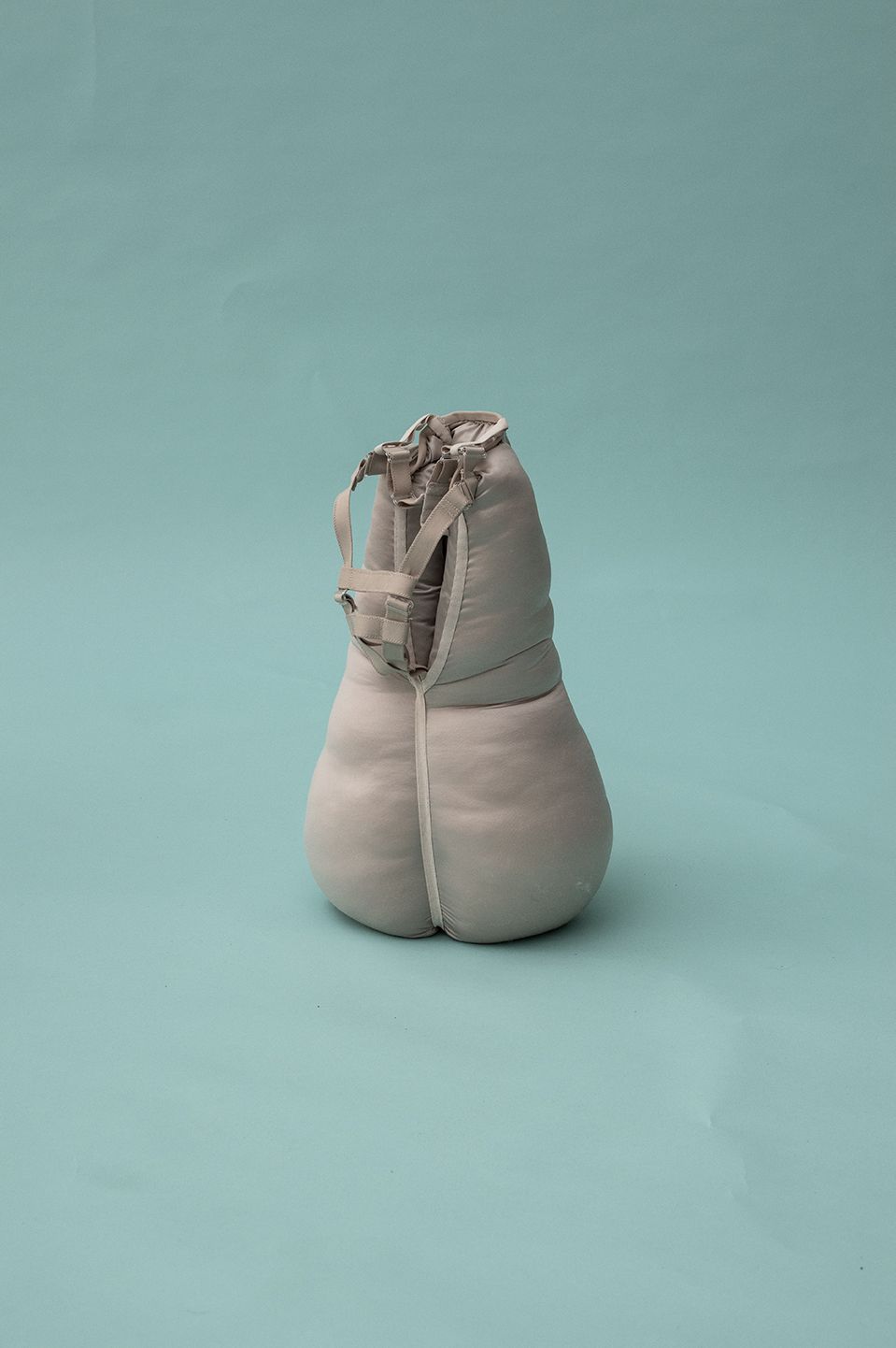
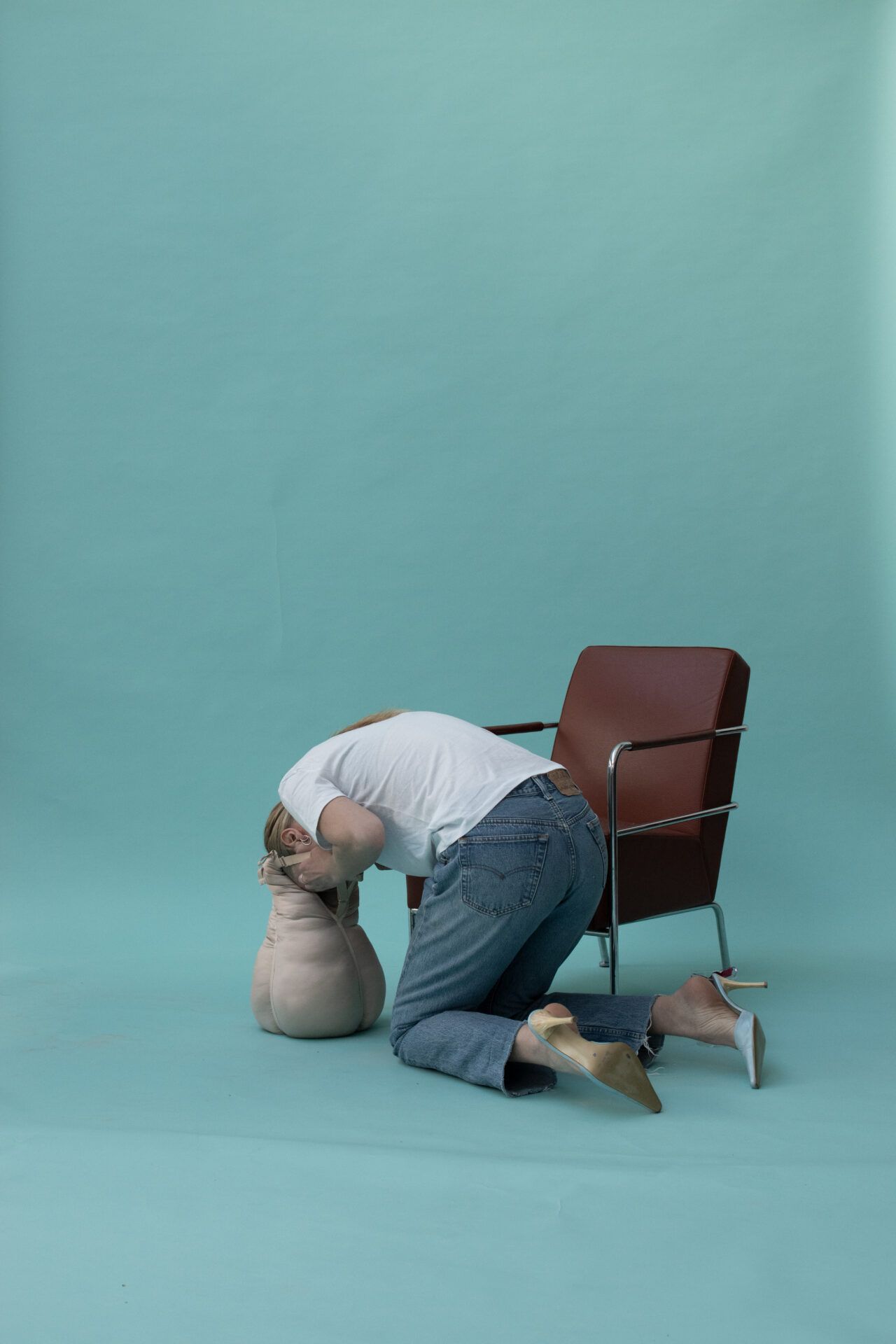
Can you tell us about your research and the process of creating a body object?
This is a project based on somatic thoughts where the bodily experience is essential. To do this, I have focused a lot on user experience and hosted workshops where the participants were invited to test the drafts of the body objects. It was super fun, and I gained a lot of knowledge both about my project, the appearance of hopelessness and what the next step would be. For me, a body object does not take the body into account as e.g. accessories.
It is really interesting that you have built your project on experience gained from the workshops. Do you plan to continue working similarly in the future?
Yes! I think workshops as a design tool are very underestimated! I see two aspects of the workshops I really appreciate. The first one is from a personal point of view. At most design schools, you work on solo projects and for me, it can be very hard and sometimes lonely not to share ups and downs of the process. Workshops allow you to introduce and include others in a fun and playful way. The second aspect is about including people and getting their response. This method is essential for my work since I am working with somatic design and aim to design a bodily experience.
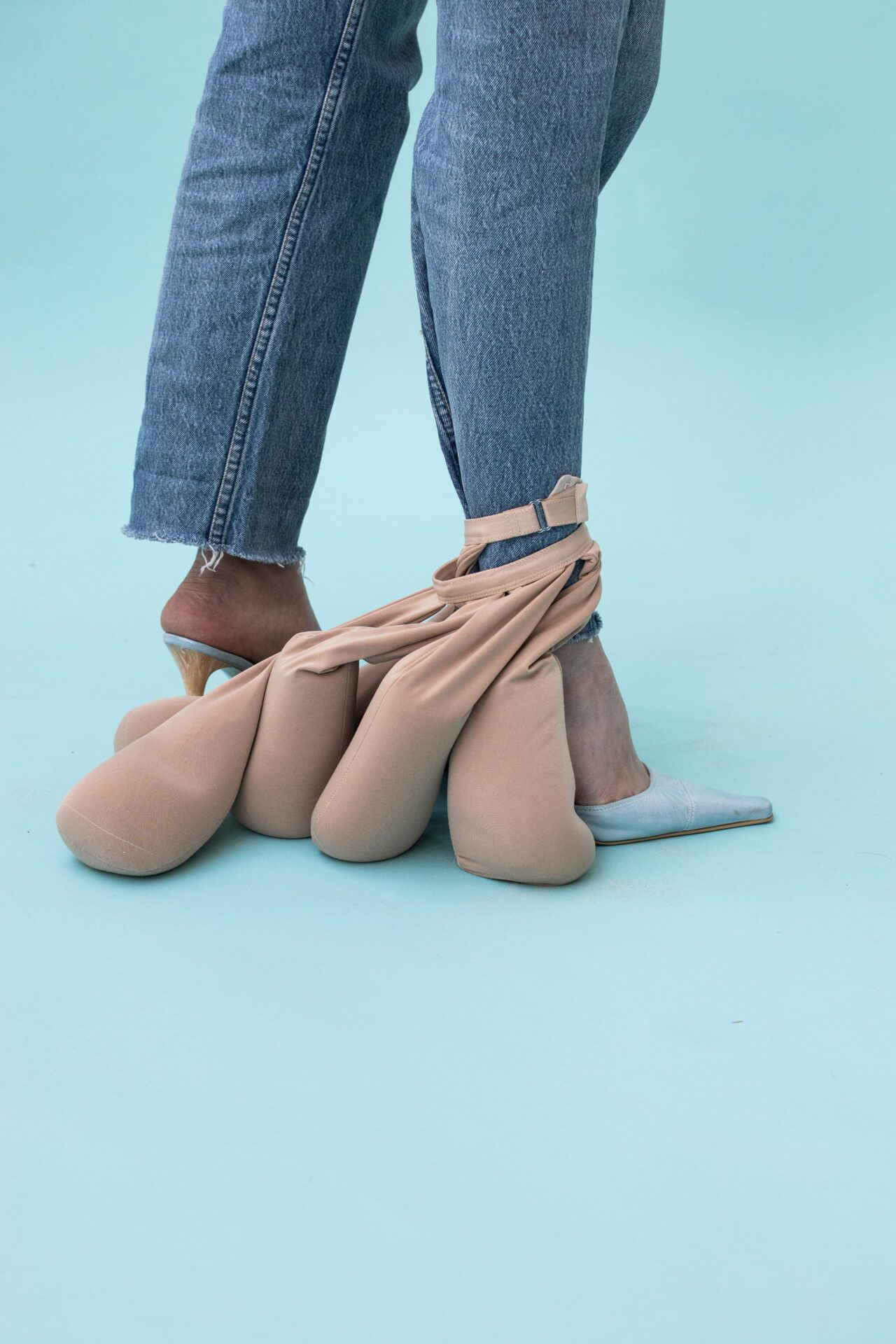
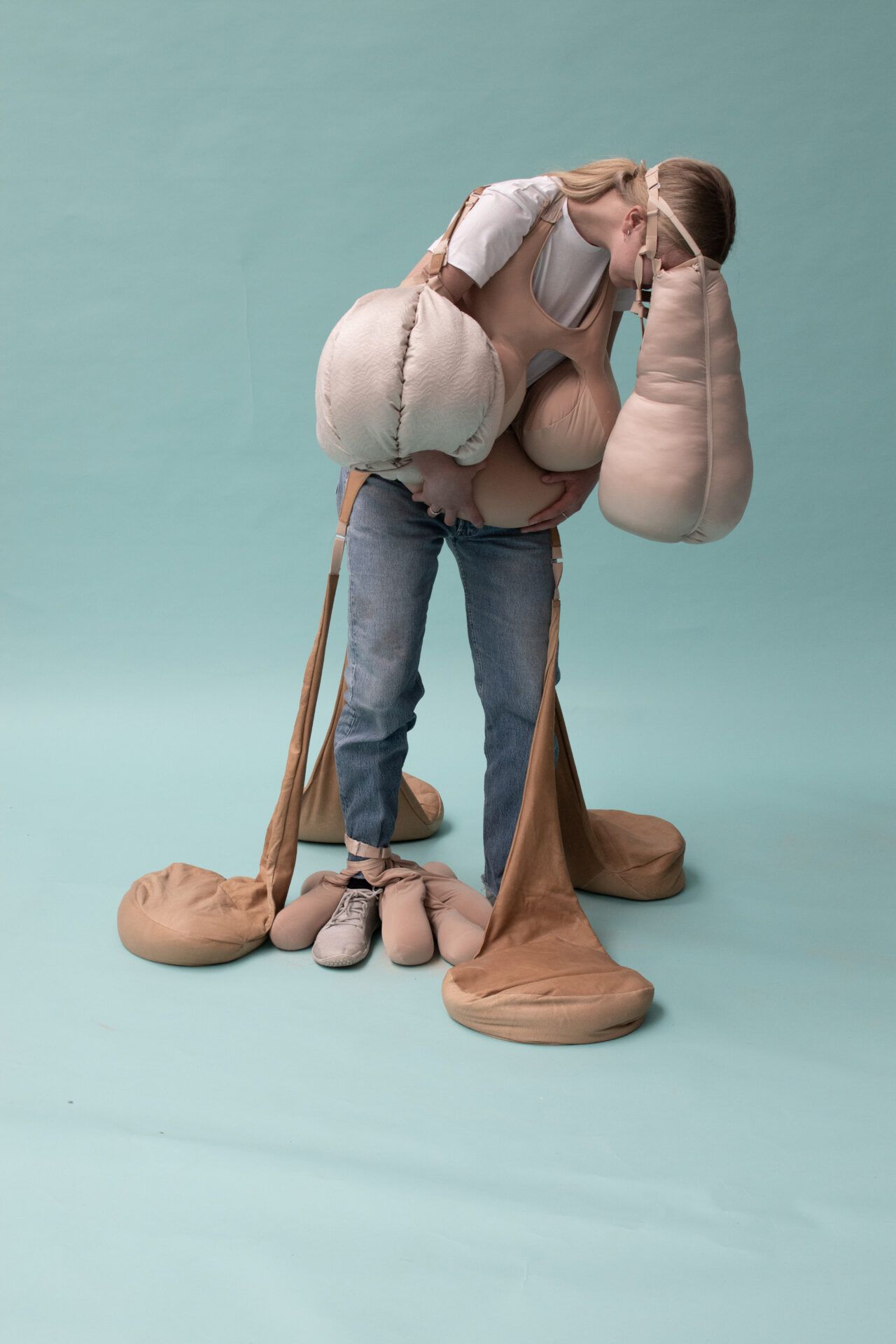
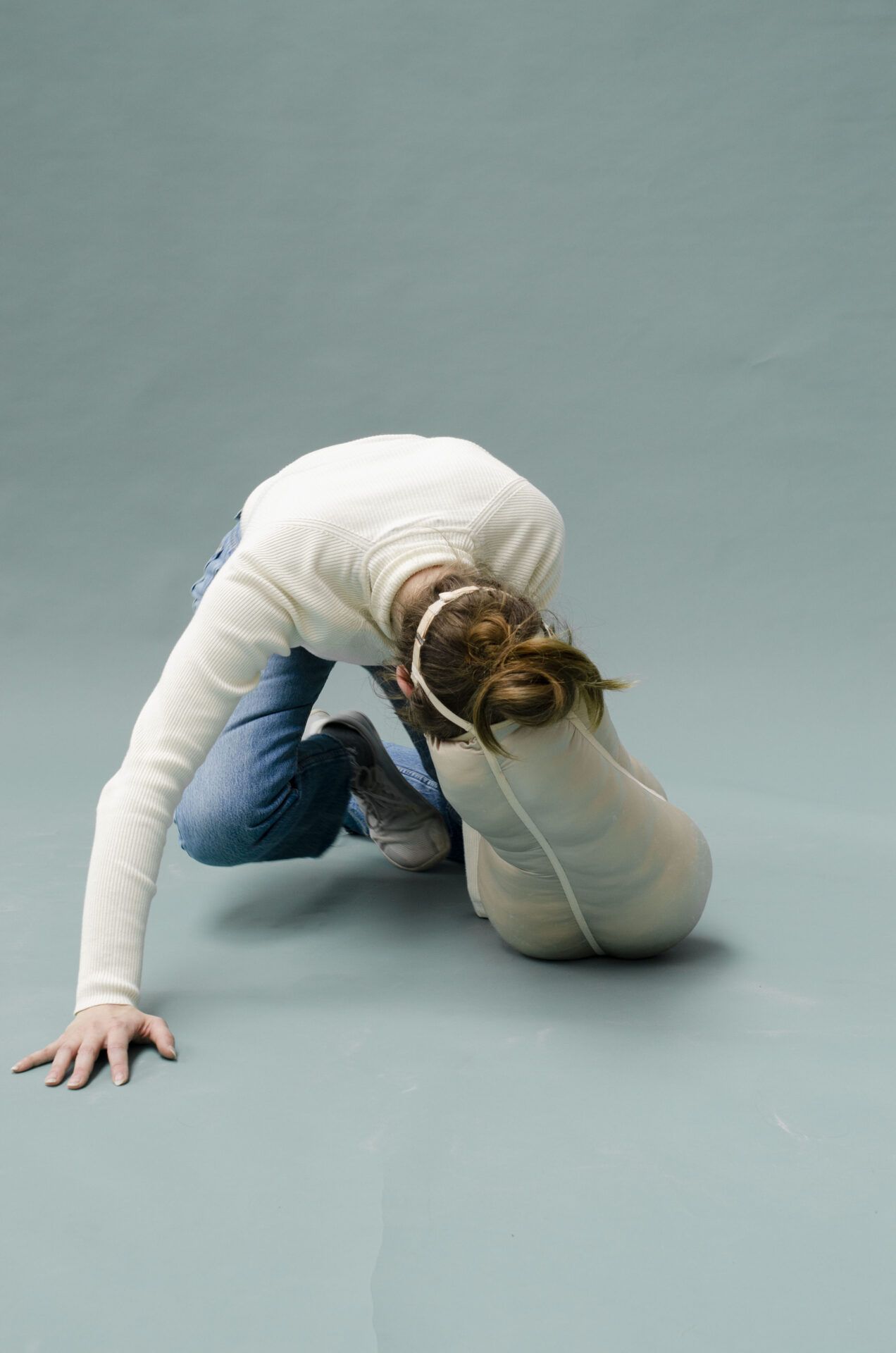
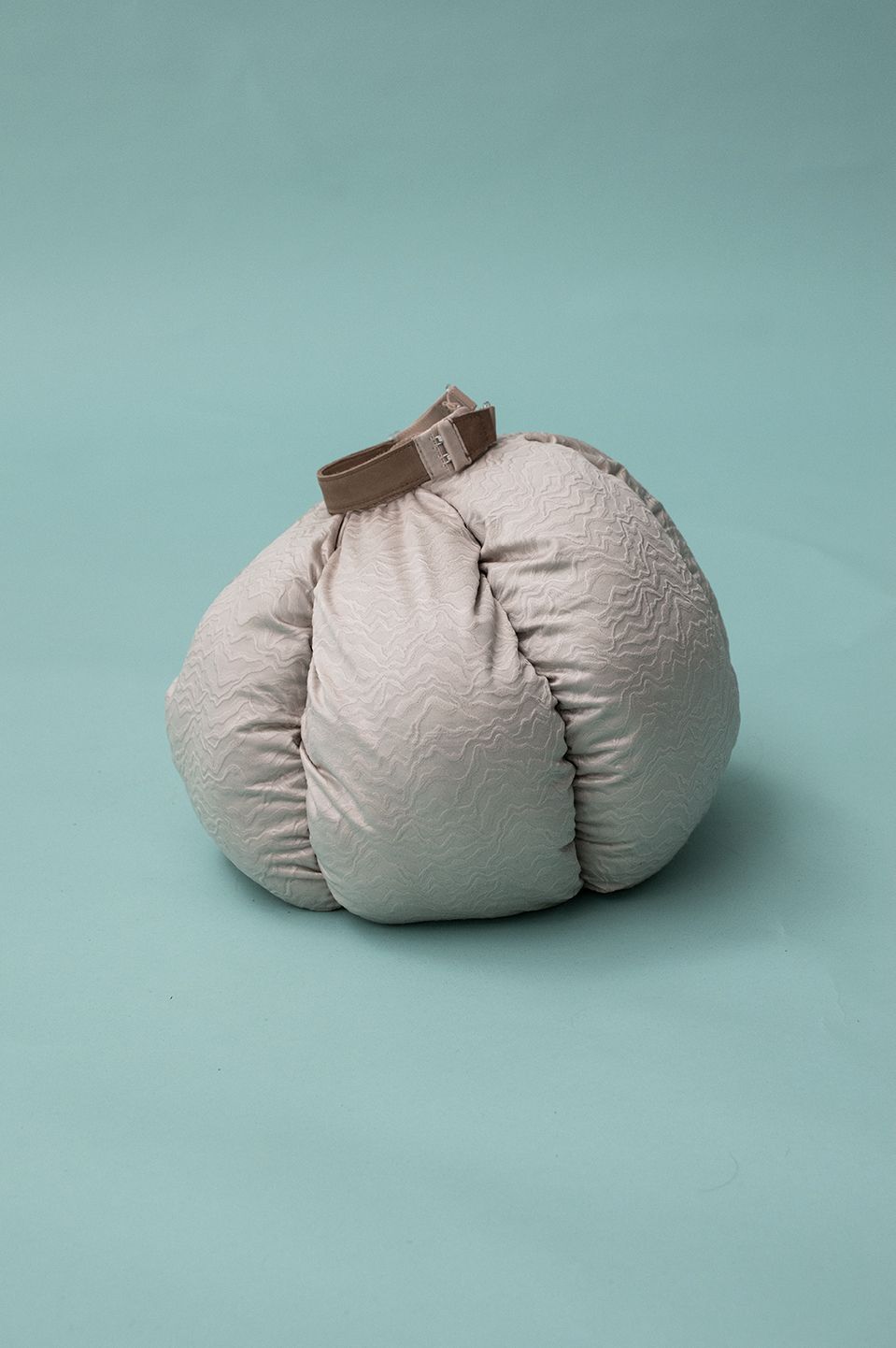
What is the essential message you want to convey through your project?
As you say, the project has several layers so this is a difficult question. I think the essence of the project has changed throughout the process. When the objects are not on a body, one can argue that they also indicate the appearance of a subject – they appear as little creatures. They sort of end up in between an object and a subject. But the workshops also suggested another less hopeless expression that the body objects contain: when movement is added, they move away from their origin. Interaction with the objects implies an opening that suggests playfulness, fun, and curiosity. These elements are far from what we understand as hopelessness. Therefore, this reflection can, at first, be understood as an indication of discrepancy regarding the aim. I would argue that this reflection also contains an unpredicted quality of the project. Implying playfulness, fun, and curiosity, they can function as an opening for a conversation that, in the end, might lead to a reflection upon hopelessness or being able to open up instead of concealing an uncomfortable feeling. I hope this way of functioning as a catalyst for a difficult and emotional conversation between people will be their essence in the end.
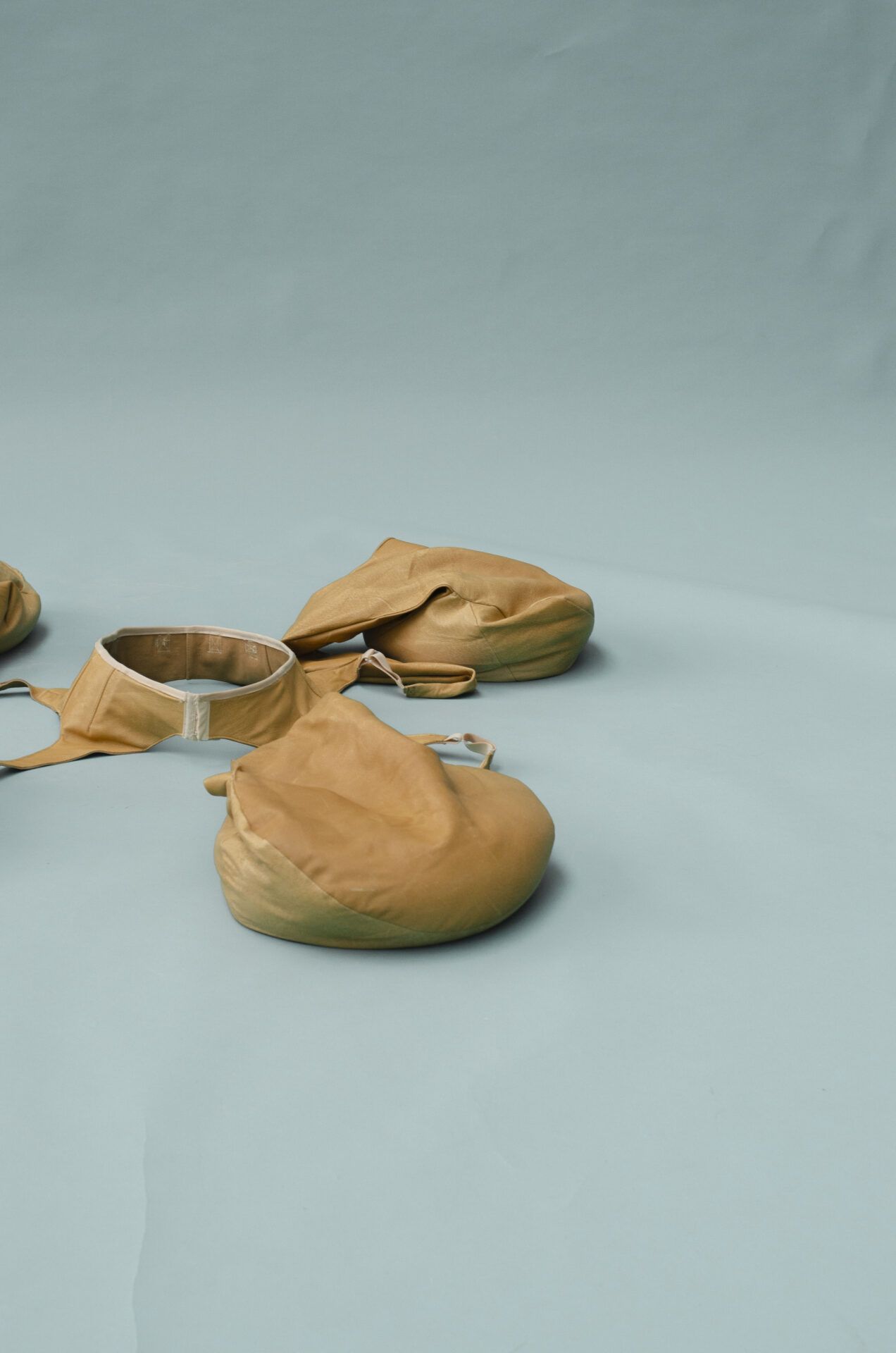
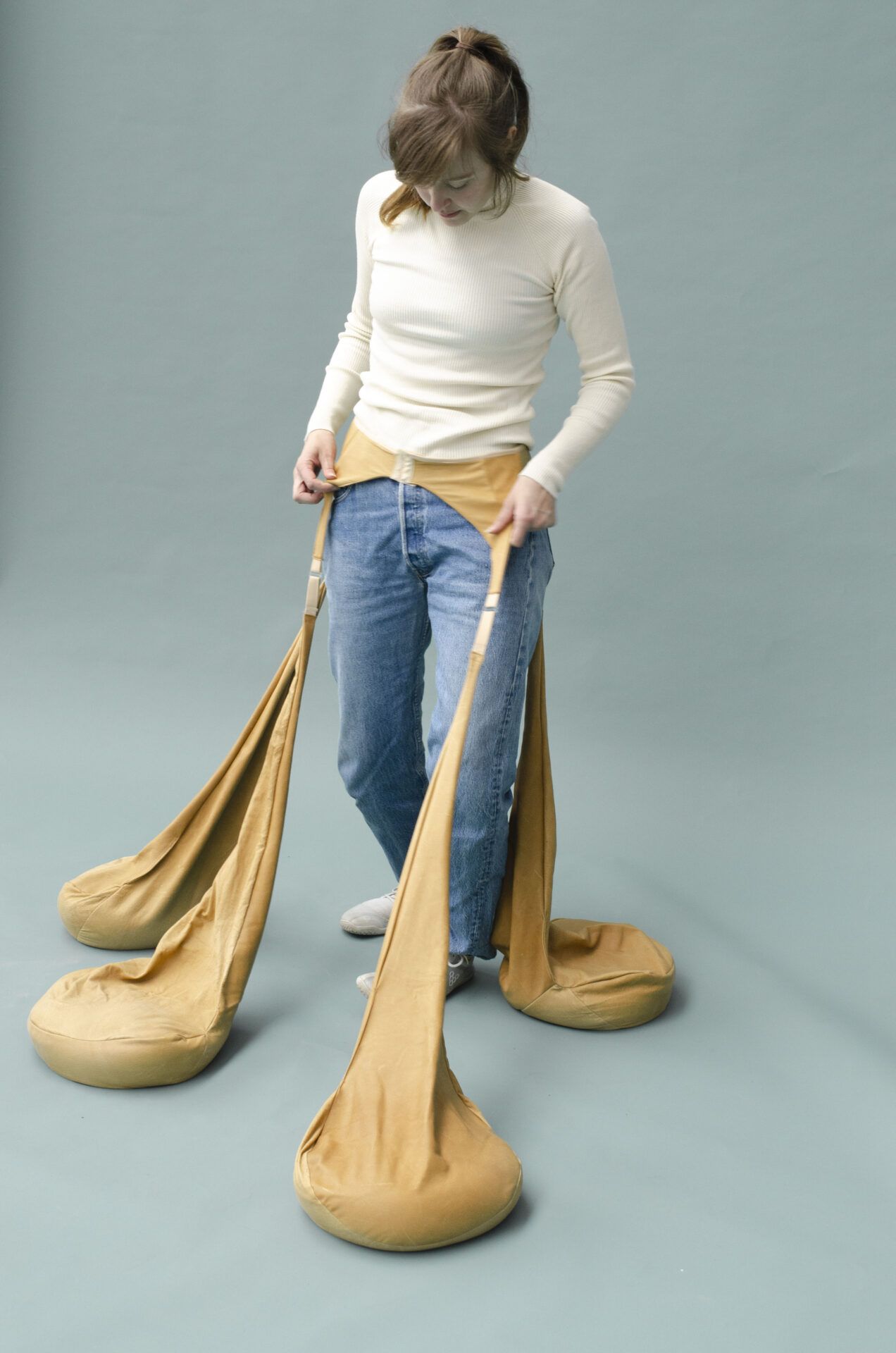
The core of fashion design is working with the body. What is your approach to the body and its current ideal?
My work is primarily about exploring body experience instead of body aesthetic. Fashion design today is mainly focusing on body aesthetics and choosing one certain aesthetic sometimes also means to deselect others. Right now, there is a rising awareness of the aesthetic that is deselected. I see it as a healthy and much needed debate! But I also think the field could benefit from exploring other aspects of the body than just the aesthetic, such as sound and experience. These aspects are less explored and, therefore, there is a greater room to create a more inclusive approach.
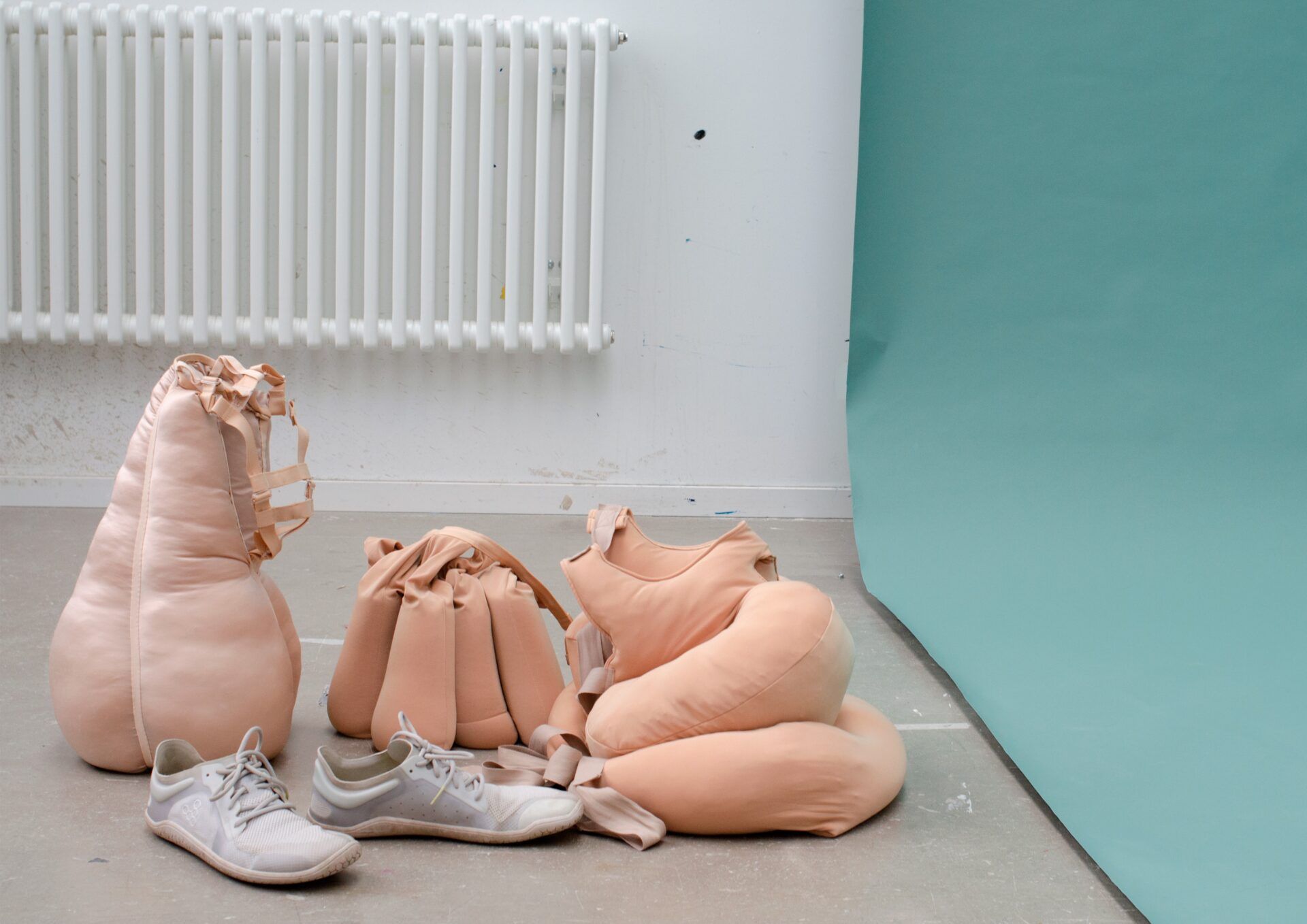
Can you recommend any Swedish designer or artist you admire to SWARM Mag readers?
For me, the Swedish designer Linnea Bågander inspired me to go after my dream in the final year of my BA. I was her intern and the relationship between body, movement and material in her work is unique and beautiful. She is also a kind and insightful person so I might also be a bit biased.
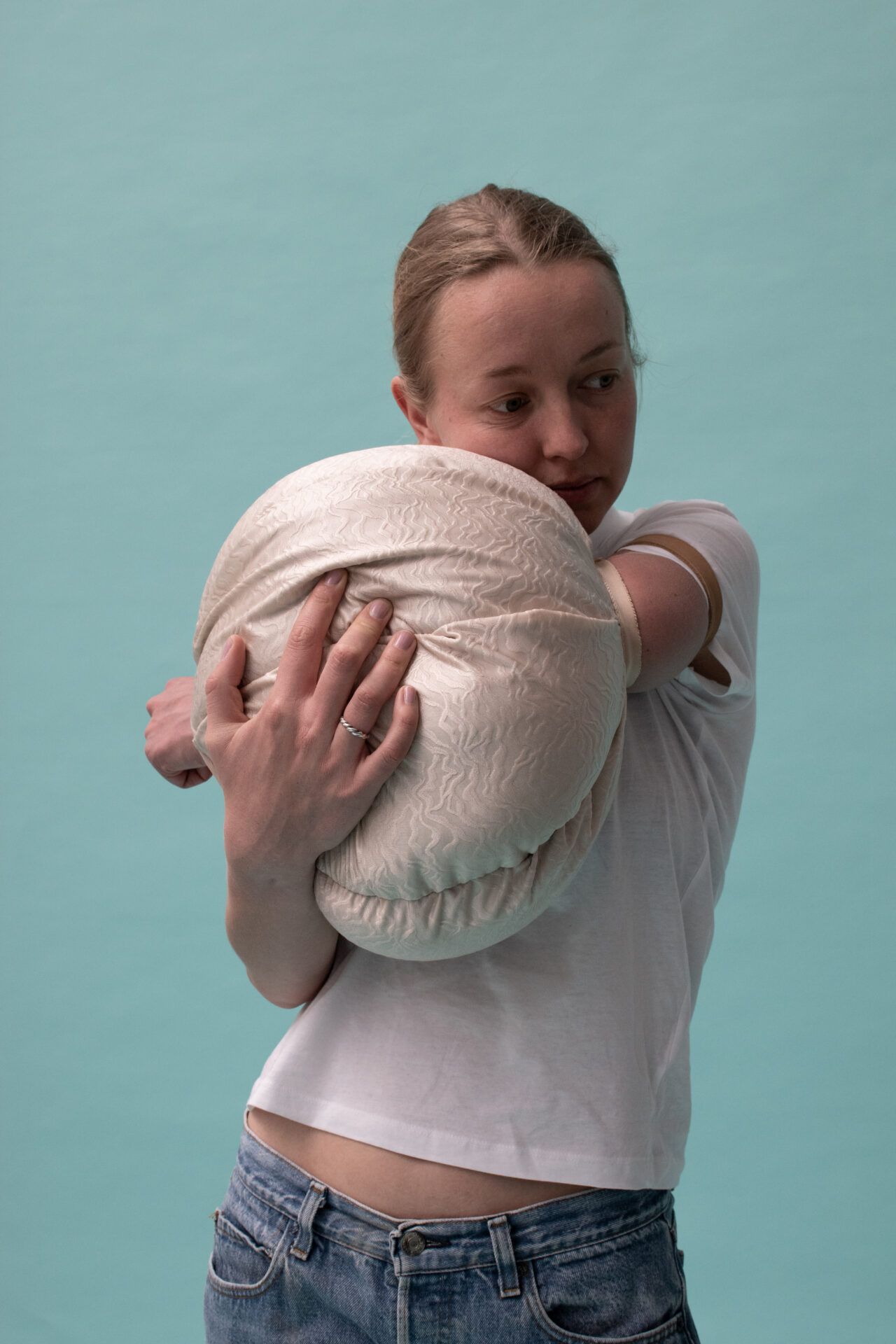
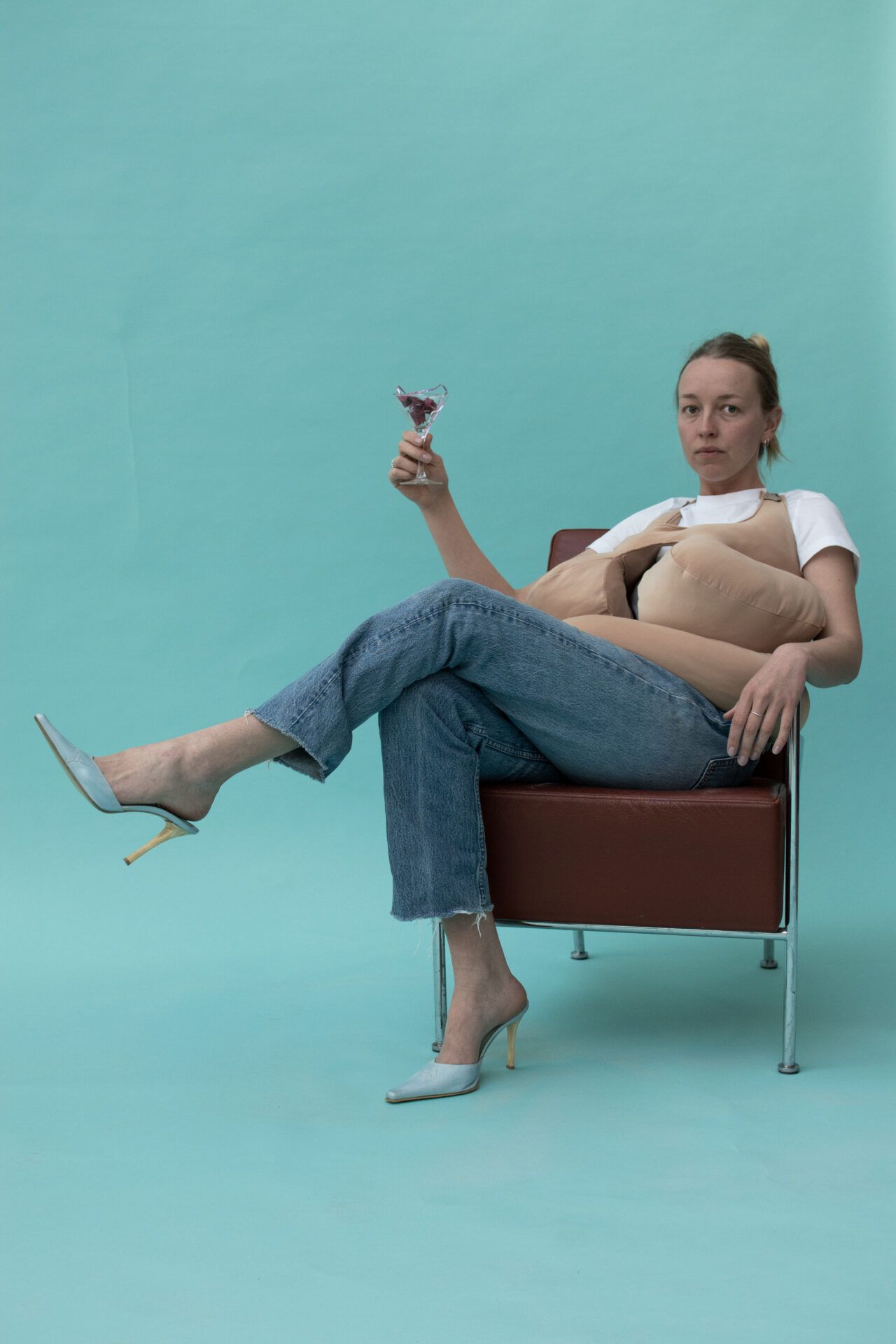
CREDITS
Fashion designer / Ann-Maj Risgaard @annmajrisgaard, Student of fashion design at @sst_fashiondept.
Photography / Designer Archive and @elmina_oak_
Model / Märta Wallgren @wallgrenmarta
Interview / Kateřina Hynková
Video
Models / Pedro Lima, Agnes Österlin, Thomas Keen, Xue Luo, Lamija Cekic
